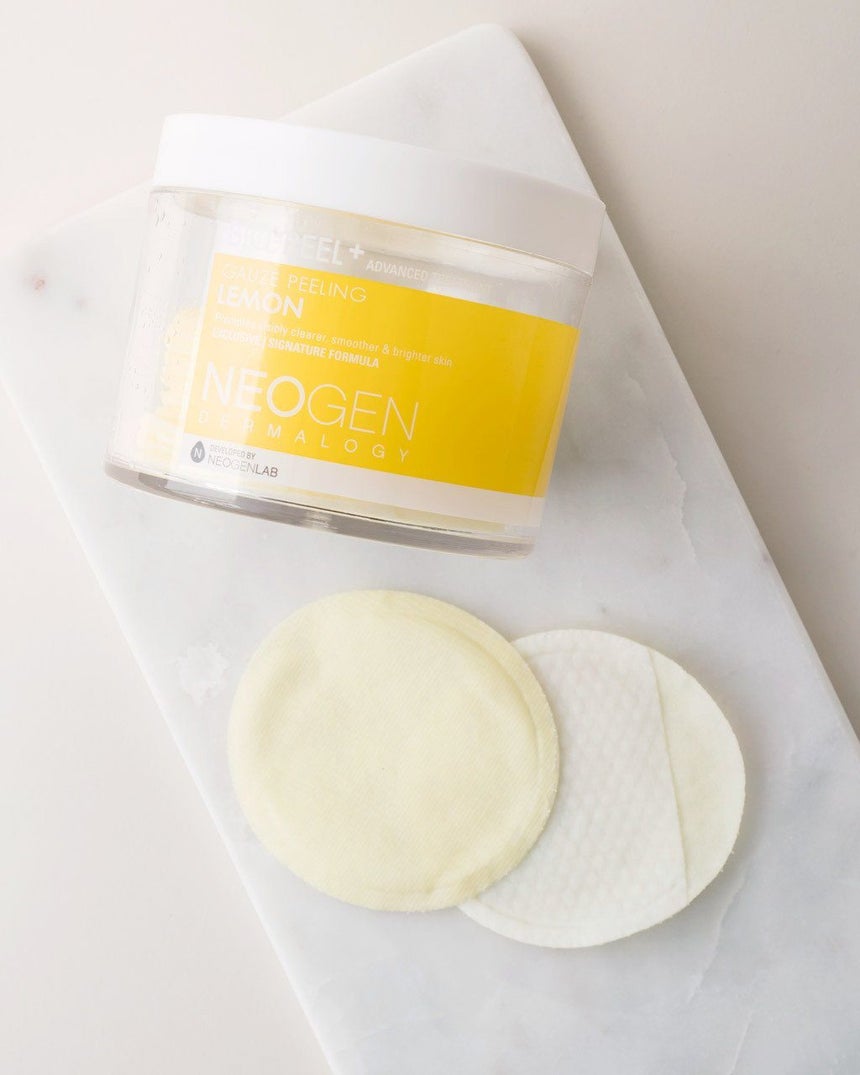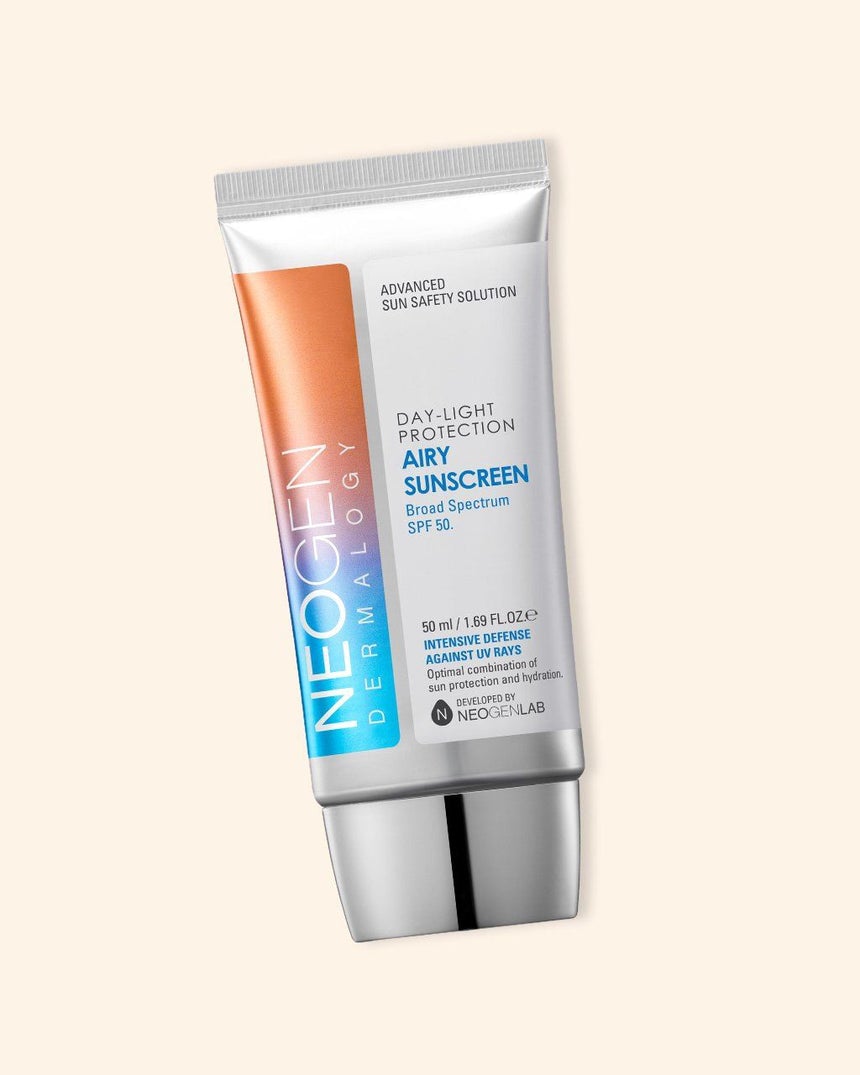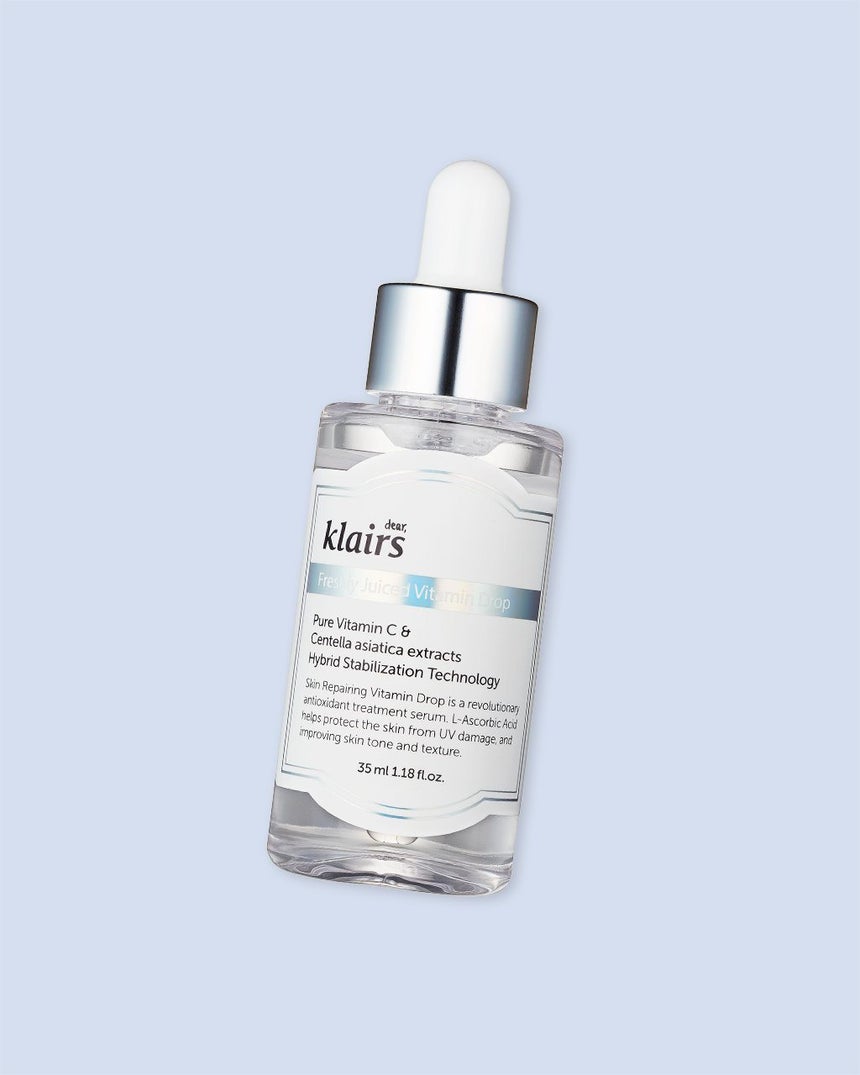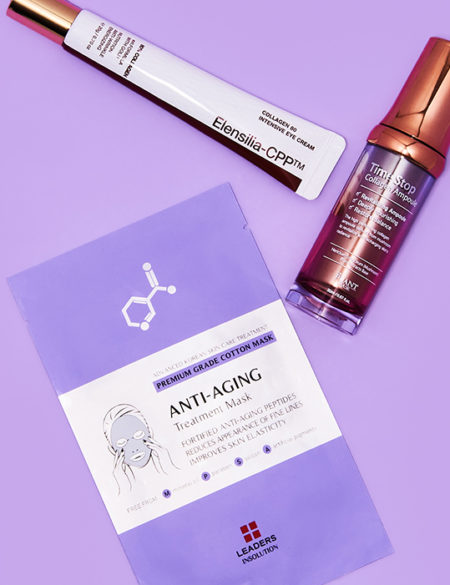One-size doesn’t fit all when it comes to skin concerns.
By now we’re all aware that skin is not universal. We’re all prone to different skin conditions that relate to a variety of factors, skin tone among them.
Fairer and pale skin tones, for example, are exposed to different concerns than darker skin tones, and vice versa. One way to confirm your unique skin type is by using the Fitzpatrick scale. If you haven’t heard of this skin scale, it was developed back in 1975 to determine exact skin types (there are six) and the risk of skin cancer for each. While you can do a self-assessment to determine your Fitzpatrick skin type, the most accurate results come from a dermatologist.
Here’s a quick run-down of the six types:
Type I: Pale, porcelain skin that never tans, always burns, and always develops freckles. There is never a time where Type I doesn’t burn and the skin is also easily prone to or naturally has some redness. The corresponding hair color for this skin type is red or blonde, and eyes are most likely blue, green or gray.
Type II: Fair, beige-toned skin that almost always burns and does not easily tan. This is a sandy-like complexion that’s still very fair but is able to tan, and likely develops freckles. The corresponding hair color is anywhere from dark blonde to light brown and eyes are most likely blue, green, or gray.
Type III: Olive or honey-like skin tone that sometimes burns and tans very slowly. A variety of undertones can fit into this category which can be considered a form of darker white skin. The corresponding hair color for this is light to dark brown, and eyes are most likely brown or hazel. This skin type may also develop freckles.
Type IV: Medium brown skin that rarely burns, tans quickly, and rarely develops freckles. Think of a more caramel-like skin tone with dark brown hair and brown eyes.
Type V: Dark brown skin that rarely burns, tans quickly and easily. Those with Type V most likely have dark hair and dark brown eyes as well. It’s a deeper brown color that rarely freckles.
Type VI: Black skin that never burns and always tans quickly and darkly. This skin type is the deepest shade, and also most likely has dark hair and dark eyes.
So what does it all mean?
To determine what all of these details mean for you and your skin, we tapped some skin care experts to explain.
“Different skin types (I-VI) have different natural melanin content. Ultraviolet light enters the skin – UVA, and UVB each at different levels – and mutates the DNA in our cells. In order to absorb or deflect UV, melanin is present. Those who have intrinsically darker skin types have a higher intrinsic SPF, and their ability to up-regulate melanin production is more robust. In other words, yes, the melanin is protective,” says board-certified dermatologist and celebrity skin expert Dr. Anna Guanche.
“The lighter skin types, I and II, are very susceptible to UV damage and therefore have a high propensity for skin cancers of all types. Their capacity to tan, or up-regulate melanin production, is small. Middle skin types, III and IV tan easily and have a lower risk, and of course the lowest risk is type V and VI,” she explained.
To piggyback on that and learn more about what conditions darker skin tones are prone to, we also spoke with Elyse Love, MD. “Darker skin tones have higher amounts of melanin than lighter skin tones. This is why darker skin tones are less at risk for sun-related skin damage but more at risk of pigment changes, such as hyperpigmentation and melasma, all of which is made worse by sun exposure,” she explained.
RELATED: Everything You Need to Know About Treating Hyperpigmentation
The bottom line is that while fairer skin tones can be prone to sunburns, freckles, and different forms of skin cancer, darker skin tones are still prone to other conditions such as hyperpigmentation and melasma.
So what can you do?
As with many skin issues, wearing SPF every single day is your best line of defense to prevent the conditions mentioned above (the Neogen Day-Light Protection Airy Sunscreen is perfect for daily wear). When the sun is more intense, consider wearing protective clothing and accessories such as a hat or a pair of sunglasses. It’s also important to use antioxidant-rich products that help protect against sun damage, such as the Klairs Freshly Juiced Vitamin C Serum.
As for the treatment of pigmentation issues, brightening and chemically exfoliating ingredients, like vitamin C, niacinamide, and glycolic acid are great contenders. The Neogen Bio-Peel Gauze Peeling Lemon pads contain two out of the three to effectively even out skin.
An appointment with a specialized skin expert can help keep track of any changes in your skin, including determining whether or not conditions are worsening or getting better, and if any professional treatments, like laser treatments, are right for you.

















